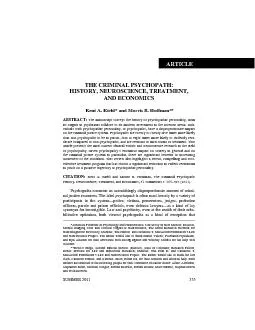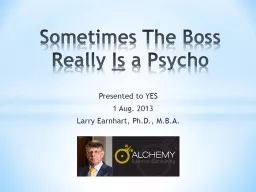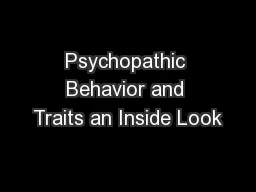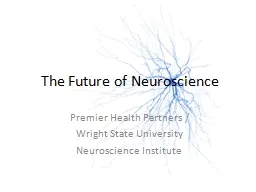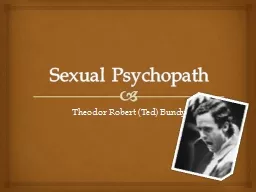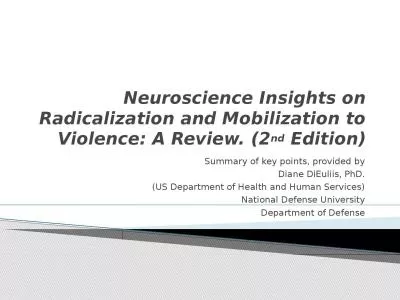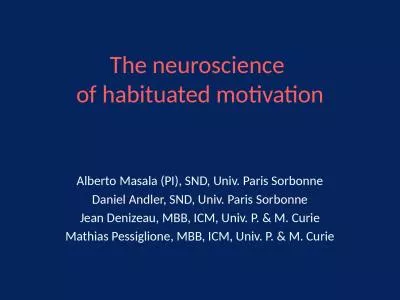PDF-UMMER 2011 355 THE CRIMINAL PSYCHOPATH: HISTORY, NEUROSCIENCE, TR
Author : olivia-moreira | Published Date : 2015-10-01
Kiehl Hoffman 56 51 JURIMETRICS proved the rehabilitative rule Psychopaths composed that small but embarrassing cohort whose very resistance to all manner of treatment
Presentation Embed Code
Download Presentation
Download Presentation The PPT/PDF document "UMMER 2011 355 THE CRIMINAL PSYCHOPA..." is the property of its rightful owner. Permission is granted to download and print the materials on this website for personal, non-commercial use only, and to display it on your personal computer provided you do not modify the materials and that you retain all copyright notices contained in the materials. By downloading content from our website, you accept the terms of this agreement.
UMMER 2011 355 THE CRIMINAL PSYCHOPATH: HISTORY, NEUROSCIENCE, TR: Transcript
Download Rules Of Document
"UMMER 2011 355 THE CRIMINAL PSYCHOPATH: HISTORY, NEUROSCIENCE, TR"The content belongs to its owner. You may download and print it for personal use, without modification, and keep all copyright notices. By downloading, you agree to these terms.
Related Documents

